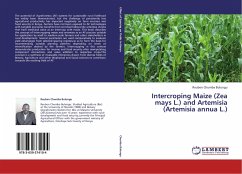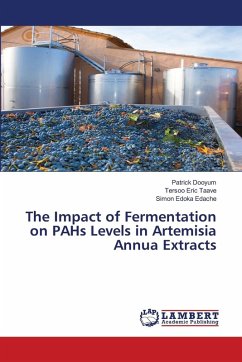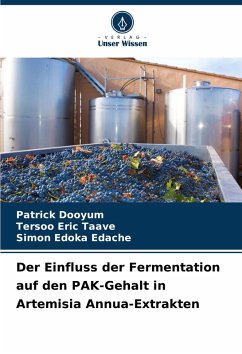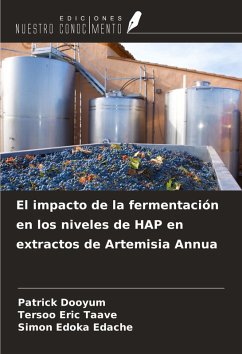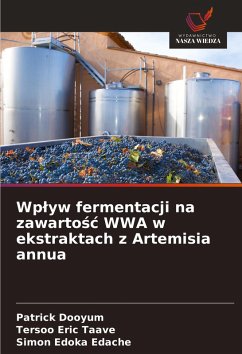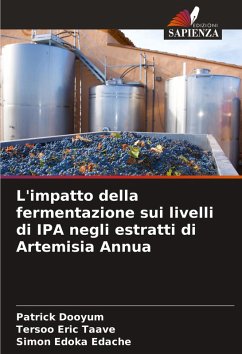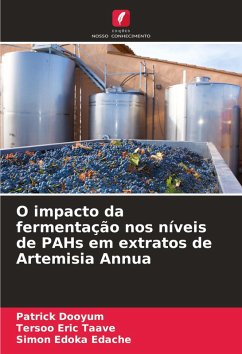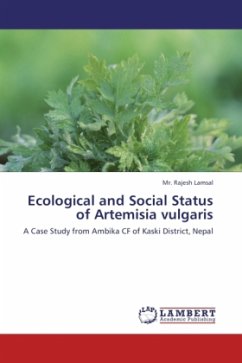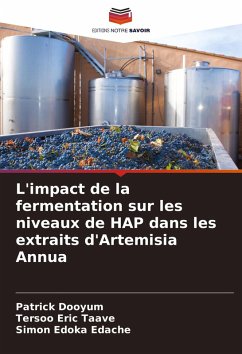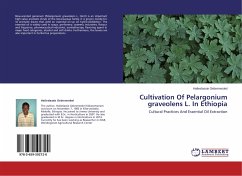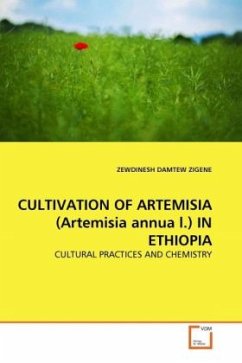
CULTIVATION OF ARTEMISIA (Artemisia annua l.) IN ETHIOPIA
CULTURAL PRACTICES AND CHEMISTRY
Versandkostenfrei!
Versandfertig in 6-10 Tagen
32,99 €
inkl. MwSt.

PAYBACK Punkte
16 °P sammeln!
Artemisia (Artemisia annua L.) is an aromatic and medicinal herb of Asteraceae family grown for its aromatic and medicinal leaves that yield artemisinin and essential oil. Artemisinin is found to be effective medicine for the treatment of malaria. Moreover, herbal tea prepared from dried leaves of the plant is widely used for treatments of malaria, hemorrhoids, bronchitis, bilharzias and certain kind of cancer. Essential oils are also used in perfumery, cosmetics and aromatherapy. Despite its diverse potential, its production is not supported by research recommendations carried out in Ethiopia...
Artemisia (Artemisia annua L.) is an aromatic and medicinal herb of Asteraceae family grown for its aromatic and medicinal leaves that yield artemisinin and essential oil. Artemisinin is found to be effective medicine for the treatment of malaria. Moreover, herbal tea prepared from dried leaves of the plant is widely used for treatments of malaria, hemorrhoids, bronchitis, bilharzias and certain kind of cancer. Essential oils are also used in perfumery, cosmetics and aromatherapy. Despite its diverse potential, its production is not supported by research recommendations carried out in Ethiopia. The productivity of the crop is known to be affected by numerous factors such as soil fertility, temperature, geographical condition, variety, harvesting time, harvesting age, population density (spacing) and fertilizer application. Therefore, this study was done to provide technology packages of agronomic practices to contribute for its cultivation. Furthermore, planting time, irrigation requirement, fertilizer requirement, effect of location, drying condition and processing techniques should be studied for obtaining optimum yields of Artemisia.



